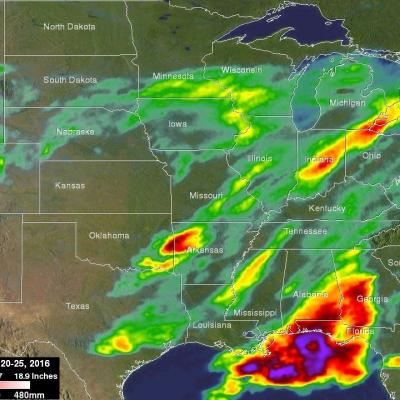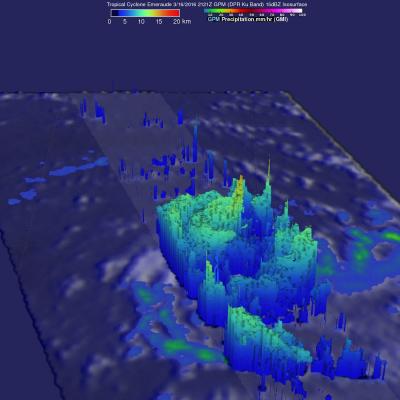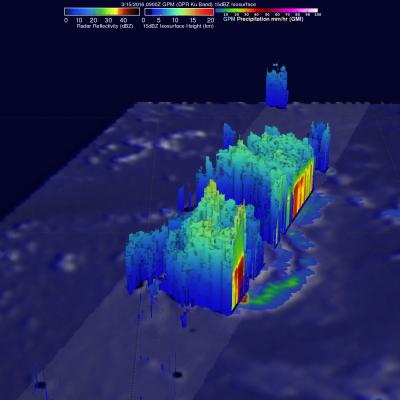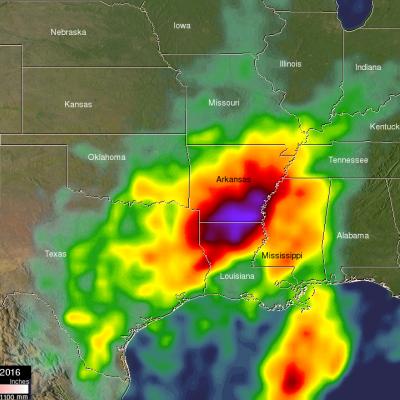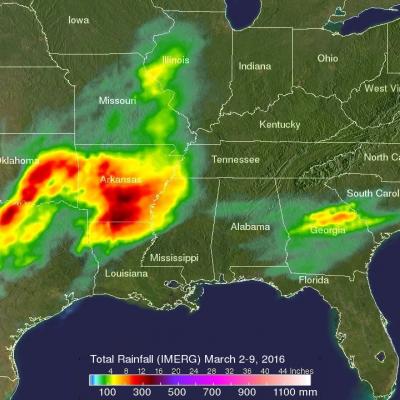Early Spring Storm Brings Snow to Parts of Colorado, Midwest
A strong, upper-level trough that dropped down into the Central Rockies in the middle of last week produced an early spring storm (also referred to as Winter Storm Selene) that dumped heavy snow on the order of a foot or more in a short period of time along the Front Range of Colorado from near Colorado Springs northward through Denver and up into southeastern Wyoming. Around 2 feet of snow were reported in places like Aurora and Boulder with some of the highest totals reaching 31 inches. Farther to the north, Cheyenne, Wyoming picked up over 14 inches of snow from the storm. The blizzard


